Vitex (Chaste Tree): Complete Growing & Care Guide
Discover everything you need to know about growing, caring for, and choosing varieties of the beautiful Vitex (Chaste Tree) for your landscape.
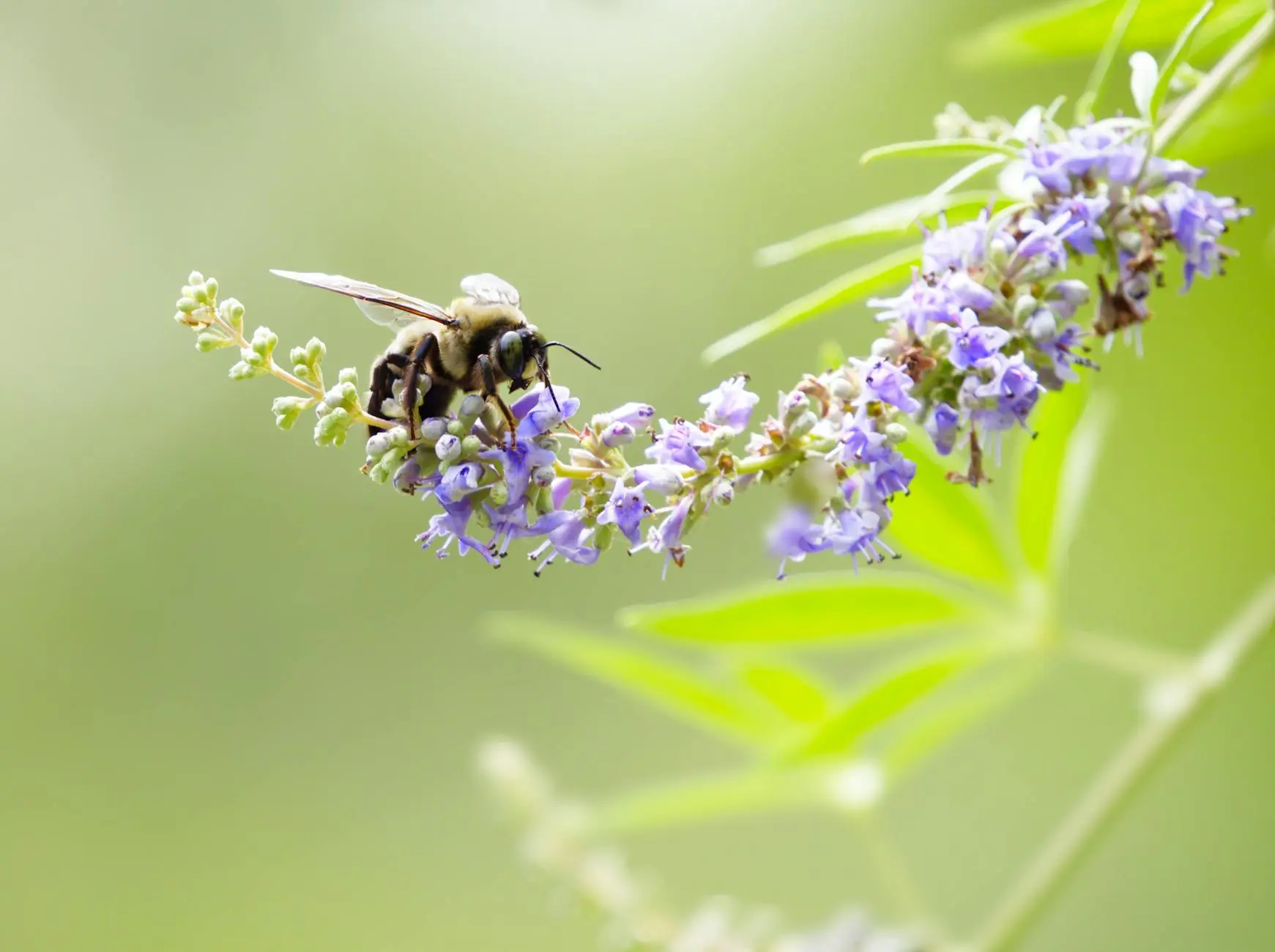
Vitex (Chaste Tree): A Comprehensive Guide to Growing and Care
Vitex, commonly known as the chaste tree or monk’s pepper (Vitex agnus-castus), is a versatile, sun-loving shrub or small tree celebrated for its striking flower spikes and aromatic foliage. With a long bloom season and adaptability to various soil types, Vitex makes a valuable addition to both small gardens and expansive landscapes.
What Is Vitex?
Vitex is a deciduous shrub or small tree native to the Mediterranean region and Central Asia. Best known for its summer-blooming, fragrant flower spikes in shades of lavender, blue, white, or pink, Vitex attracts pollinators such as bees and butterflies. The palmately compound leaves and airy growth habit give it a graceful, delicate appearance within any garden setting.
Key Features of Vitex
- Botanical name: Vitex agnus-castus
- Common names: Chaste tree, monk’s pepper, Texas lilac
- Zones: 5–9 (variety dependent)
- Height/spread: 4–15 feet tall, 4–12 feet wide (variety dependent)
- Flower color: Blue, lavender, pink, white
- Bloom time: Late spring to fall
- Sun: Full sun preferred (at least 6 hours direct sunlight daily)
- Water needs: Low to moderate once established
- Attracts: Pollinators, butterflies, bees
- Growth habit: Upright, multi-trunked shrub or small tree
Benefits of Growing Vitex
- Prolonged blooming period from late spring through fall
- Drought tolerant once established
- Attracts beneficial pollinators
- Low maintenance, minimal pest or disease issues
- Versatile as shrub, tree, hedge, or accent plant
- Deer resistant
Vitex Varieties to Consider
With several cultivars available, gardeners can enjoy a range of sizes and flower colors. Here are some standout selections:
| Variety | Zone | Size (H x W) | Flower Color | Bloom Period | Description & Uses |
|---|---|---|---|---|---|
| Rock Steady® | 5-9 | 4–12′ x 4–5′ | Light purple | Late spring–fall | Upright habit; nonstop flowers; pollinator, mixed border, hedging |
| ‘Abbeville Blue’ | 5-9 | 4–10′ x 4–10′ | Deep blue | Summer | Bushy, upright; showy 12–18” flower spikes |
| ‘Alba’ | 5-9 | Up to 10′ | White | August–September | White-flowered; elegant late bloomer |
| ‘Latifolia’ | 5-9 | 3′ x 3′ | Blue | July–October | Compact, fragrant blue flowers |
| ‘Blue Diddley’ | 5-9 | 2′ x 1.5′ | Pink | August–September | Short, pink-blooming, ideal for small spaces |
Where to Plant Vitex
To get the best performance and flowering from Vitex, follow these site requirements:
- Sunlight: Needs at least 6 hours of direct sunlight daily for best flowering. Partial shade is tolerated but leads to fewer blooms and leggier plants.
- Temperature: Thrives in warmer climates (USDA zones 5–9). In colder regions, some dieback may occur but the plant often regrows from the base.
- Wind: Best planted in a sheltered site to avoid damage to branches from strong winds.
- Space: Allow enough room for the mature spread—keep several feet from fences, structures, or other shrubs if you intend to prune it as a tree.
Soil Preferences
- Type: Well-draining soil is essential. Though Vitex tolerates a range of soil types (including clay), it dislikes soggy roots.
- Amendments: For heavy or clay soils, mix in 30–50% sand, gravel, or expanded clay to improve drainage. In very sandy soils, add compost or clay powder to retain moisture.
- Nutrients: Vitex responds well to soils rich in organic matter and nutrients. Incorporate compost before planting for best growth. Use peat-free, high-quality soil if available.
How to Plant Vitex
- Select the location: Pick a full sun spot with sufficiently drained soil and ample space for mature growth.
- Prepare the hole: Dig a hole twice as wide as the root ball and roughly the same depth. For poorly drained sites, plant in a raised mound to keep roots above standing water.
- Set the plant: Place the Vitex so the top of the root ball is right at or just above ground level. Backfill halfway, tamping soil to remove air pockets, then water in thoroughly. Finish filling the hole, being careful not to cover the root ball top with soil.
- Mulch: Spread organic mulch over the root zone, avoiding direct contact with the trunk, to conserve moisture and suppress weeds.
- Water: Water deeply after planting and keep the soil moist but not soggy for the first growing season while the plant establishes.
Ongoing Care & Maintenance
- Watering: Once established, Vitex is quite drought-tolerant but appreciates occasional deep watering, especially in extreme heat or during dry spells.
- Fertilizing: Apply a balanced, slow-release fertilizer in spring if soil is poor, or refresh mulch with compost annually in rich soils.
- Pruning:
- Deadhead spent flower spikes during summer to encourage repeat bloom.
- In late winter or early spring, prune to shape, control size, or rejuvenate older plants. Hard pruning to 6” from the ground can refresh leggy or overgrown shrubs; Vitex resprouts vigorously after heavy pruning.
- For tree forms, select one or more central trunks and remove lower suckers and side shoots.
- Pests & Diseases: Vitex is generally trouble-free but monitor for aphids or leaf spot in humid climates. Good air circulation helps prevent issues.
Landscape Uses for Vitex
Vitex is a multi-functional plant suitable for diverse garden styles:
- Ornamental tree or shrub: Use as a specimen or anchor plant for seasonal interest.
- Pollinator garden: Attracts bees and butterflies throughout its long blooming season.
- Mixed borders: Combines well with other summer-flowering perennials and shrubs.
- Hedges and screens: Densely planted Vitex or unpruned shrubs can make effective, attractive privacy barriers.
- Container plant: Dwarf varieties adapt well to large pots for patios and decks.
Frequently Asked Questions (FAQs)
How big does a Vitex (chaste tree) get?
Depending on the variety, Vitex can range from 3 feet tall and wide (dwarf forms) to over 15 feet tall for tree forms. Some types, if left unpruned, may reach up to 35 feet, though this is less common in garden settings.
Does Vitex need full sun?
Yes, at least 6 hours of direct sun are necessary for vigorous growth and the best flowering display. Plants grown in shade tend to become lanky and flower less abundantly.
What kind of soil does Vitex prefer?
It prefers well-draining soil. While tolerant of a range of soils (including light clay), Vitex dislikes standing water and soggy roots. Amend heavy soils with sand or gravel as needed.
How should I prune my Vitex?
Routine deadheading encourages repeat bloom. Prune in late winter to maintain desired shape or size. Hard pruning (cutting back to 6 inches above ground) in winter can rejuvenate old plants; Vitex regrows vigorously from the base.
Is Vitex deer resistant?
Yes, Vitex is typically unbothered by deer, making it a good choice for gardens where browsing is a problem.
Can Vitex be grown in containers?
Yes, dwarf varieties or young plants adapt well to large containers with good drainage. Ensure the pot receives full sun and water as needed.
Is Vitex safe for pollinators?
Absolutely. Vitex provides nectar for bees and butterflies throughout its extended bloom season and is an asset to pollinator gardens.
Summary: Why Choose Vitex?
Vitex (chaste tree) is a standout shrub or small tree for gardeners seeking color, fragrance, and pollinator appeal with minimal maintenance. Adaptable, resilient, and available in a range of sizes and colors, it fits beautifully into modern landscapes, classic borders, and wildlife-friendly spaces alike. With proper planting, a sunny location, and the occasional prune or feed, Vitex will reward you for years with its striking blooms and graceful form.
References
- https://www.gardendesign.com/plants/vitex.html
- https://plantura.garden/uk/herbs/vitex/vitex-overview
- https://www.wilsonbrosgardens.com/how-to-plant-vitex-chaste-tree.html
- https://www.southernliving.com/garden/grumpy-gardener/chaste-tree
- https://masterofhort.com/2014/06/vitex-thetexas-lilac-vitex-agnus-castus/
Read full bio of Shinta




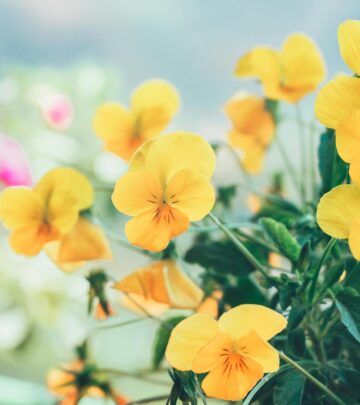
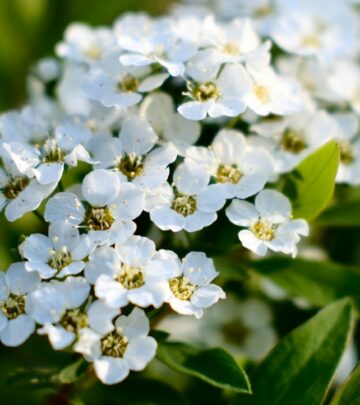
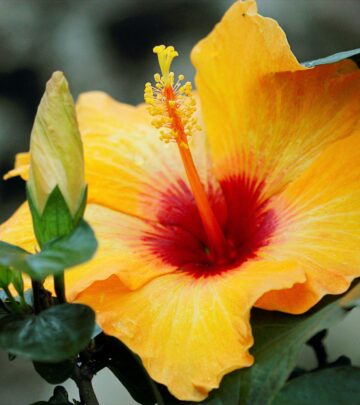
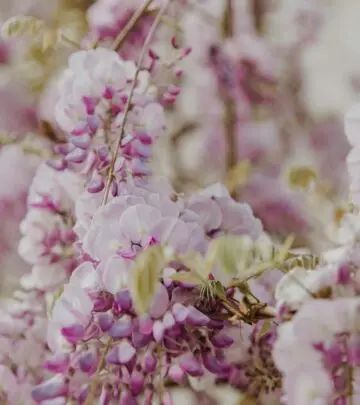










Community Experiences
Join the conversation and become a part of our empowering community! Share your stories, experiences, and insights to connect with other beauty, lifestyle, and health enthusiasts.